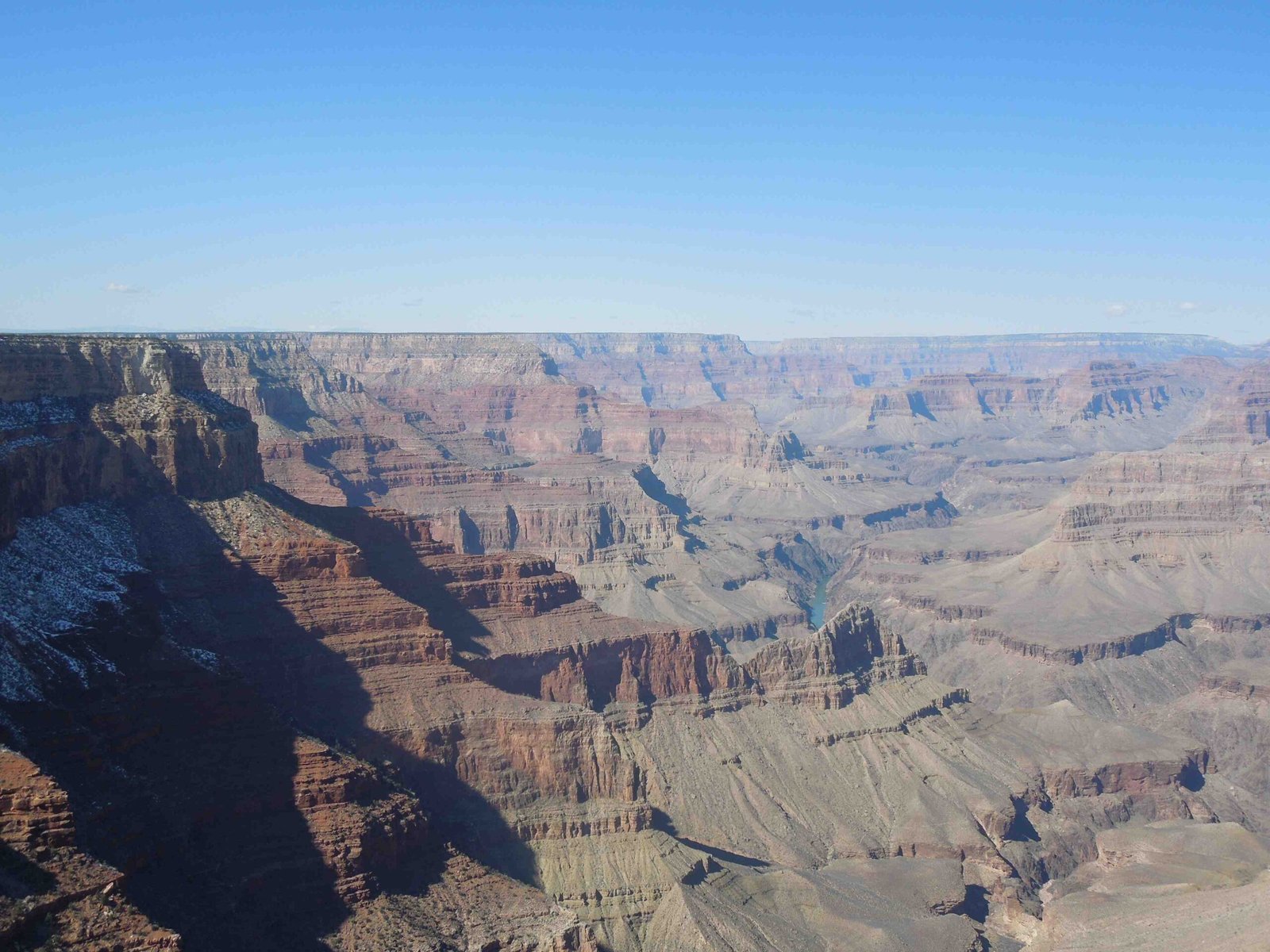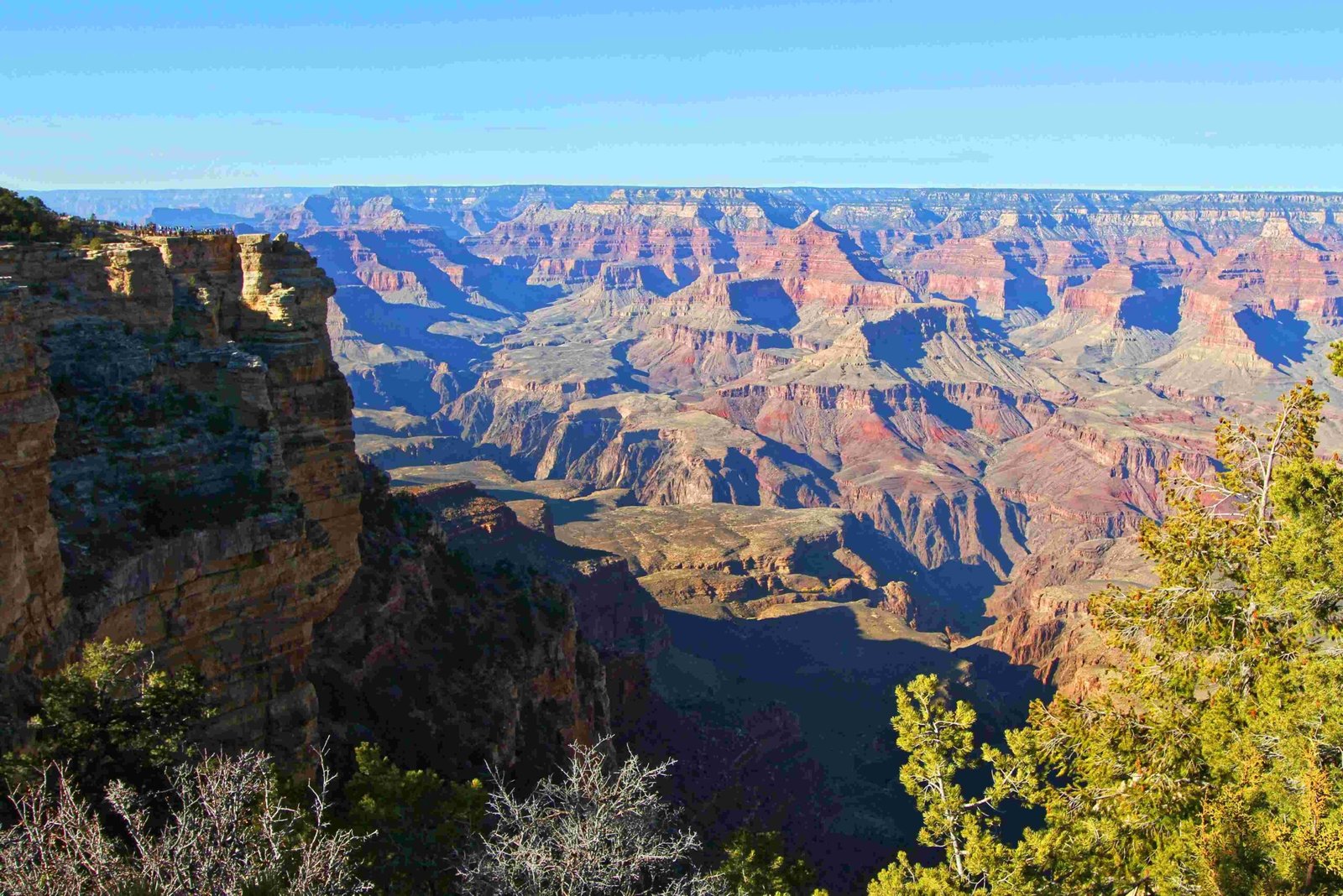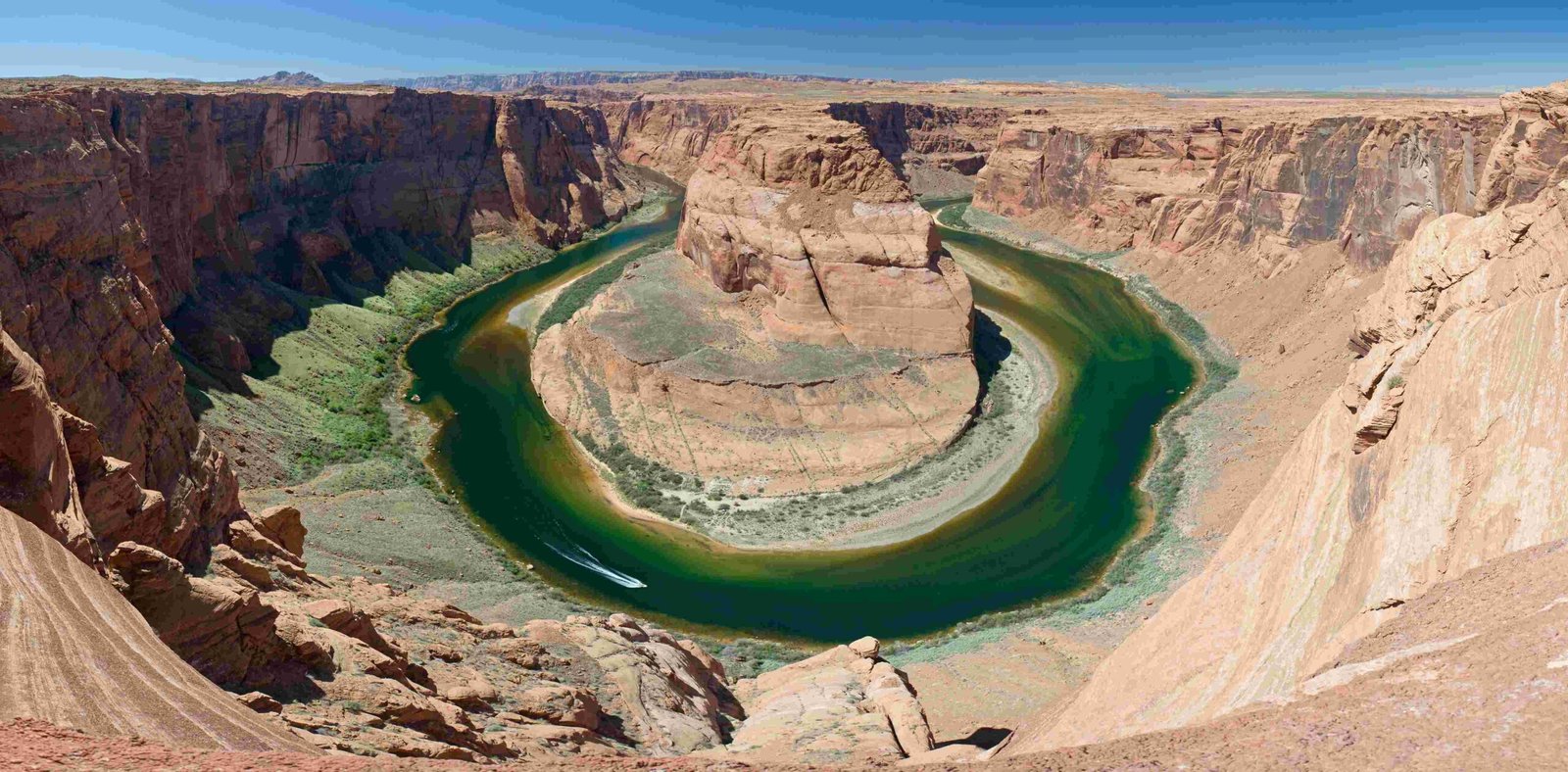The Grand Canyon’s naming emerged from early 19th-century cartographic explorations, representing a complex historical narrative involving Spanish expeditions, indigenous cultures, and American geographical documentation. Early explorers recognized the immense geological significance of this natural landmark, gradually developing a standardized nomenclature that would eventually become globally recognized.
What Were the Initial Encounters with the Grand Canyon?

The Grand Canyon’s historical documentation begins with early encounters that predate its official naming. In 1540, Spanish explorer Garcia Lopez de Cardenas became one of the first Europeans to document the canyon’s existence, though he did not formally name the region.
Who First Used the Term “Grand Canyon”?
Early cartographers in the early 1800s began systematically using the term “Grand Canyon” to describe the massive geological formation. The name emerged from descriptive observations highlighting the canyon’s extraordinary scale and visual magnificence.
Timeline of Grand Canyon Nomenclature

| Year | Significant Event |
|---|---|
| 1540 | First European exploration by Garcia Lopez de Cardenas |
| Early 1800s | Cartographic naming as “Grand Canyon” |
| 1882 | First national park establishment attempt |
| 1893 | Presidential forest reserve designation |
| 1919 | Official national park establishment |
What Indigenous Perspectives Existed Before Naming?
Native American tribes, including the Hopi, Navajo, Zuni, and Havasupai, had rich cultural narratives about the canyon long before European documentation. These communities possessed intricate understanding and spiritual connections to the landscape, with their own linguistic descriptions that predated official naming.
Factors Influencing the Naming Process
Several critical factors contributed to the Grand Canyon’s nomenclature:
- Geographical exploration
- Cartographic documentation
- European exploration perspectives
- Emerging scientific documentation
- Cultural documentation practices
How Did Official Recognition Evolve?
The canyon’s official recognition progressed through multiple governmental actions:
- 1893: President Benjamin Harrison designated the area as a forest reserve
- 1906: Theodore Roosevelt created the Grand Canyon Game Preserve
- 1908: Roosevelt established the Grand Canyon National Monument
- 1919: Woodrow Wilson signed the Grand Canyon National Park Act
Linguistic and Cultural Significance
The term “Grand Canyon” represents more than a geographical descriptor. It encapsulates:
- Geological marvel
- Cultural intersection
- Historical exploration narrative
- Natural wonder documentation
What Makes the Naming Historically Significant?
The naming process reflects broader themes of:
- Territorial exploration
- Scientific documentation
- Cultural interpretation
- Landscape understanding
Conclusion of Naming Origins
While no single moment definitively marks the Grand Canyon’s naming, the early 1800s represent the critical period when cartographers and explorers began systematically documenting and describing this extraordinary landscape.
References:
– National Park Service
– Library of Congress
– UNESCO World Heritage Sites

